Along with Greenland, Iceland also has been high on our list of places to visit for its spectacular natural beauty. We expected to spend several weeks touring the country when we eventually brought Dirona back to the US via the “Viking Route”, from the Faroe Islands to Newfoundland via Iceland and Greenland. In the end, we returned to the US via the Azores, but knew we’d eventually visit Iceland, likely by plane. So when we booked the trip to the North Pole on Le Commandant Charcot and one of the four itineraries included a disembarkation in Iceland, we jumped at the opportunity. We only spent a night there before flying home, but the small taste we got of the country had us wanting more.
After departing Le Commandant Charcot at the city’s main commercial port, Sundahofn Harbour, we quickly cleared into the country through the mobile Immigration van and headed into Reykjavik for a walking tour of the city. We had booked a night at the Reykjavik Edition, with a wonderful view to the inner harbor and an excellent on-site restaurant. The hotel is right next to Reykjavik’s striking Concert Hall, Harpa, that we passed on the way.
After dropping of our bags, we set off on walking tour of Reykjavik. We started in the old harbor area near our hotel, once the main commercial harbor and now shifting more to leisure activities. The shoreline is ringed with old buildings renovated into cafes and shops, and the area is the home to a healthy whale-watching business. We passed several sculptures and an old steam locomotive used to transport building material for the harbor’s construction.
As we passed through a more industrial area move devoted to commercial fishing, we noticed what looked like an RNLI (Royal National Lifeboat Institution) vessel. It was the ex-Soldian, previously stationed at Lerwick, Shetlands, and purchased by Iceland SAR from the RNLI in 2002. While checking out the fishing boats, a YouTube follower recognized us and came over to say hello. After our chat we continued walking to reach Thufa, an artistic installation created in 2012 that consists of an fabricated grass-covered hill with a spiral walkway leading to a fish-drying shed on top. Before departing the old harbor area, we stopped in for a great lunch and a tasting flight at the Bryggjan Brewery.
While in the area, we came across an off-road truck with air hoses leading out to each wheel, and controlled from a console inside the vehicle. This is used for automatically lowering the tire pressure for driving on glaciers, and raising it back up for highway runs.
From the harbor area, we headed south towards Reykjavik City Pond. After passing through leafy Holavallagarour Cemetery, we reached a park alongside the pond containing several sculptures. One of the most dramatic is The Spell Broken by Einar Jonsson, who is considered Iceland’s first sculptor and is one of the most famous. At the north end of the pond is Reykjavik’s modern City Hall, reached from the east side by a pedestrian bridge over the pond. The visitor center inside contains a wonderful relief map of the entire country. We stopped for a refreshment at the bridge entrance, next to the unusual Monument to the Unknown Bureaucrat sculpture.
Turning back north from the pond, we passed the 18th-century Reykjavik Cathedral and 19th-century Parliament House, Alpingi, with its unexpectedly tranquil garden tucked behind. Several more sculptures are in the area, including another work by Einar Jonsson, this one a statue of Jon Sigurosson, who was a pioneer in Iceland’s struggle for independence. The Water Carrier by renowned Icelandic sculptor Asmundur Sveinsson is another work of note.
We reached Rainbow Street next, with Reykjavik’s iconic church Hallgrimskirkja prominent in the distance. Hallgrimskirkja is the largest church in the country and one of the tallest buildings. Visitors can take advantage of this and ride an elevator up to the top for fantastic views all around. From here we could see the distinctive Perlan (The Pearl) Dome, a revolving restaurant and nature museum inside a glass dome built over six old water tanks.
Our final stop before dinner was a walk from our hotel east long the waterfront to take in the sweeping views from SKY Bar atop the Center Hotels Arnarhvoll. From there we had a clear view to the modern commercial harbor where Le Commandant Charcot was moored. En route we passed the unusual Icelandic Phallolological Museum, and got a chuckle out of their phallic stone display out front. And we saw another Einar Jonsson sculpture, this one of Ingolfur Arnarson, who settled Rekyjavik in 874 AD. We also visited one of Iceland’s most famous sculptures, Sun Voyager, along the waterfront. And if we had a little more time, we would have stopped in at the Brew Dog pub we passed only the way. Brew Dog IPA was one of our favorite beers when we lived in Europe.
Reykjavik is full of public art and sculptures, but also has a vibrant street art scene that we made a point to seek them out on our tour of the city. Some of our favorites were Moth Rider in the old harbor area and The Deacon of Dark River on the old opera building.
And in our wanderings through the city, we were amazed at the number of vehicles we saw where we didn’t recognize the model, and sometimes even the make.
Our route through Reykjavik is shown on the interactive map below. Click here for a full-page map.
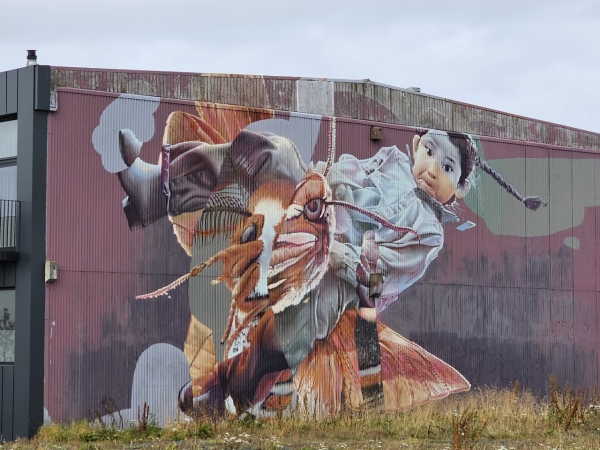
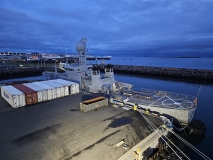
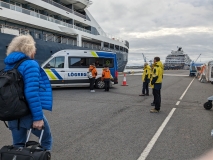
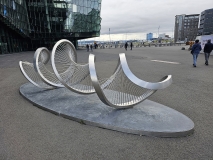
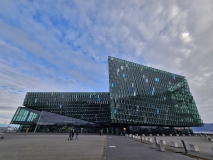
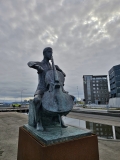
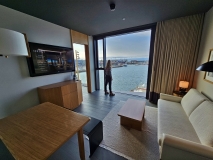
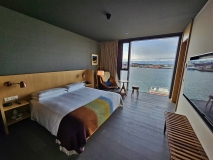
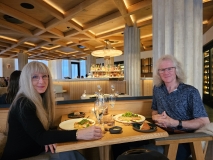
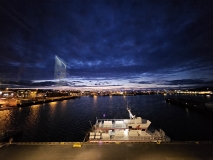
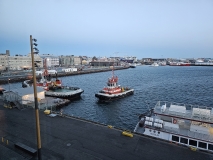
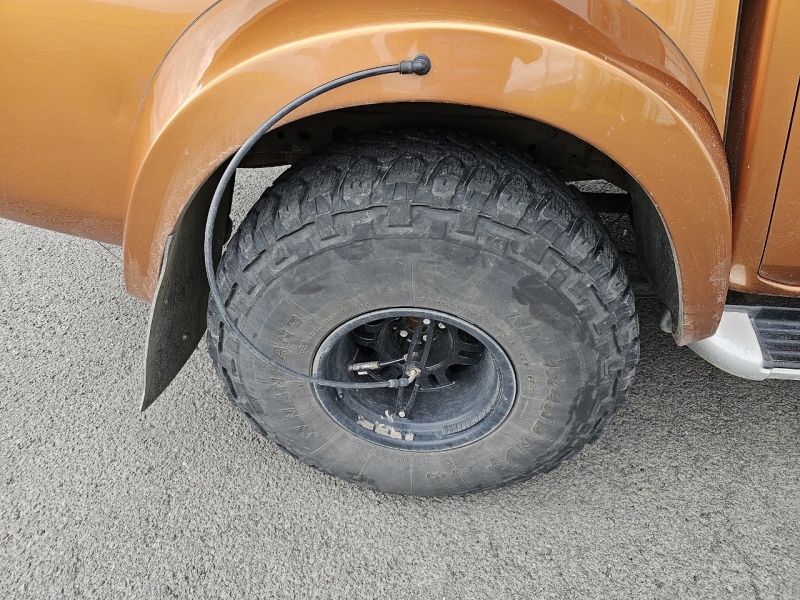
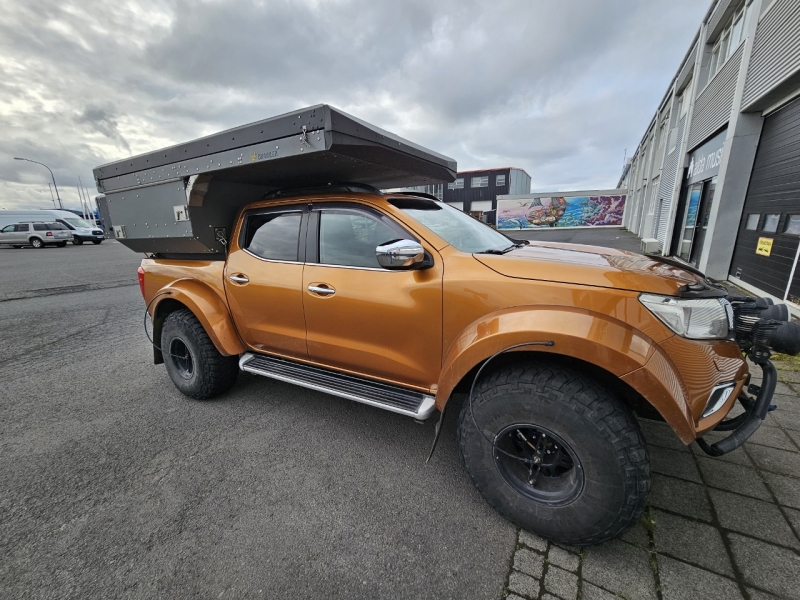
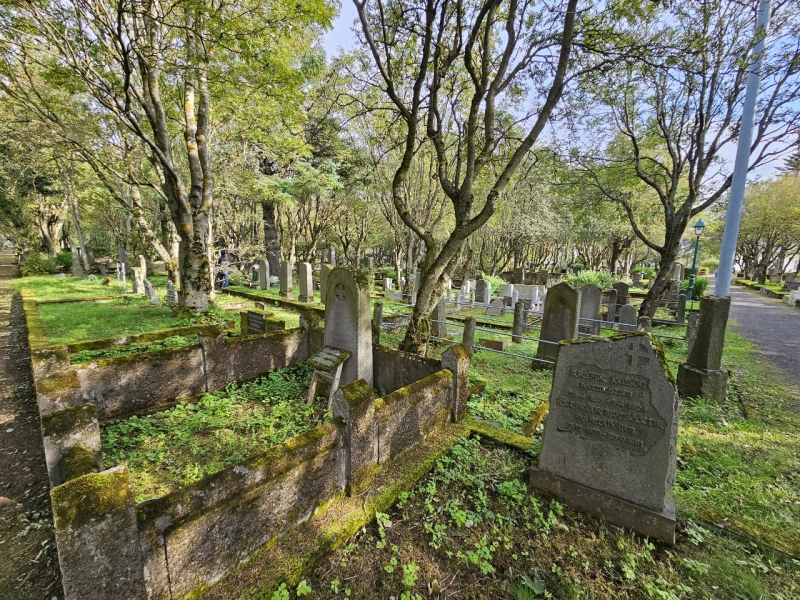
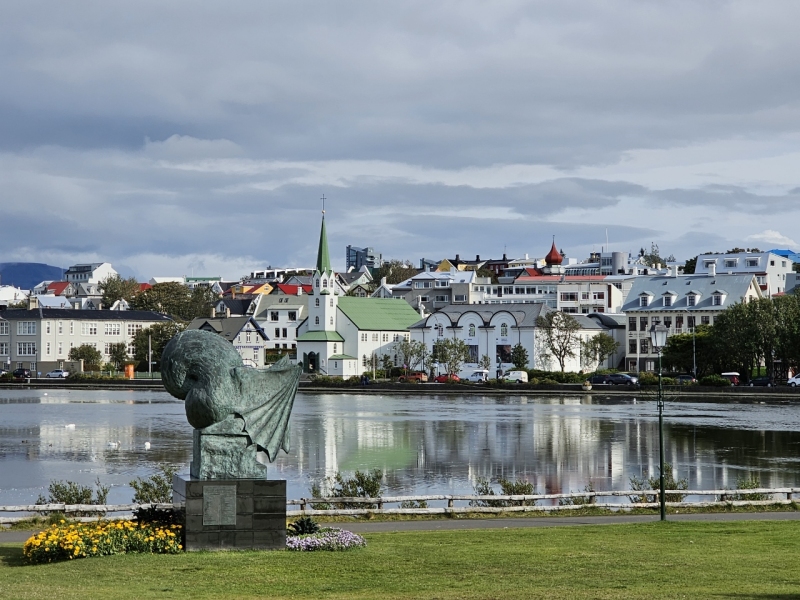
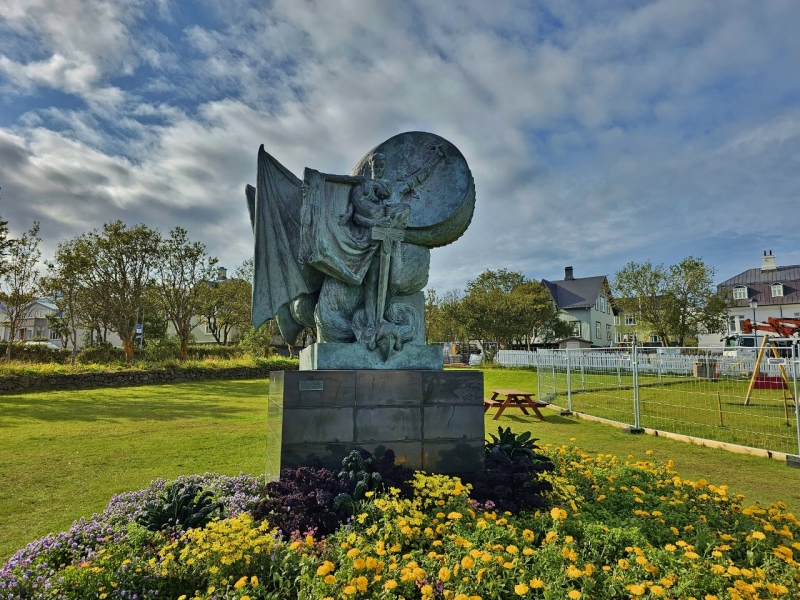
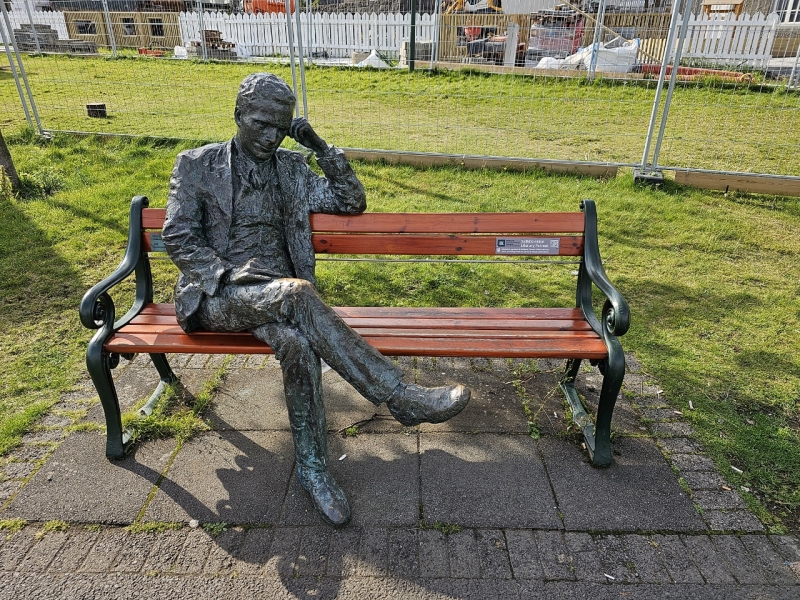
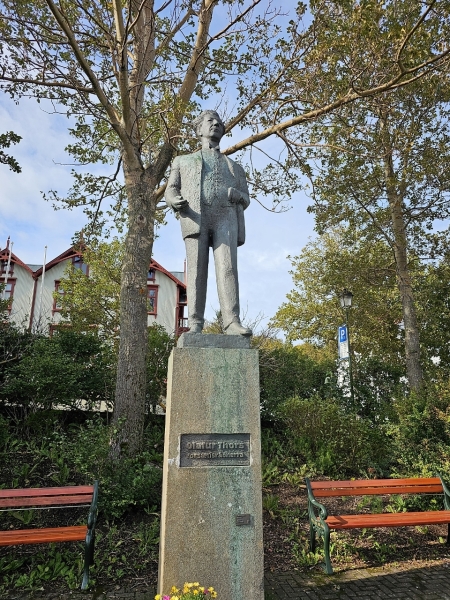
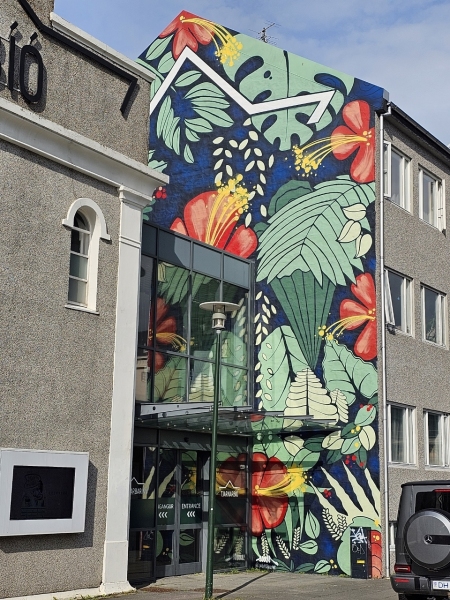
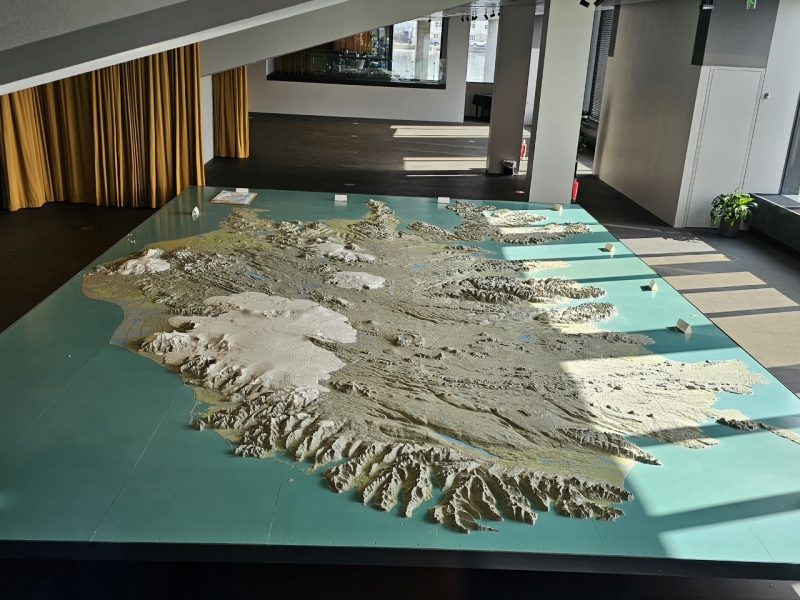
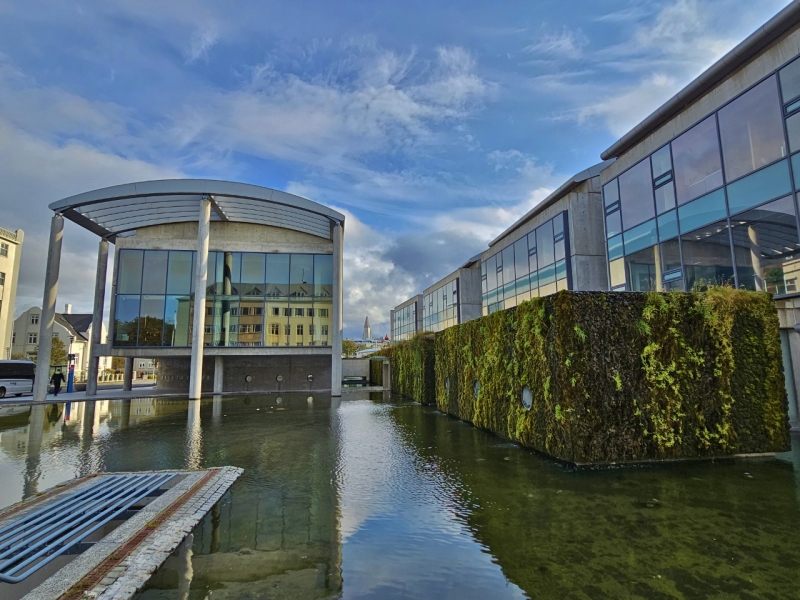
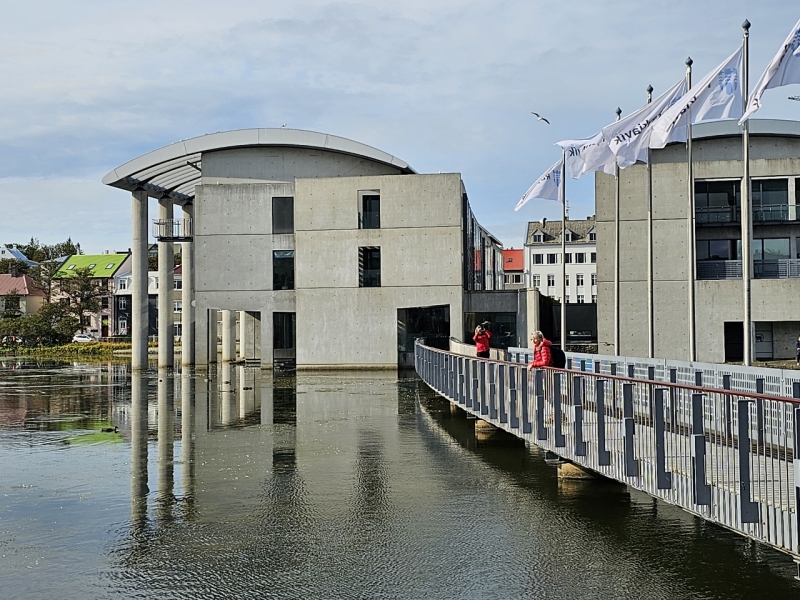
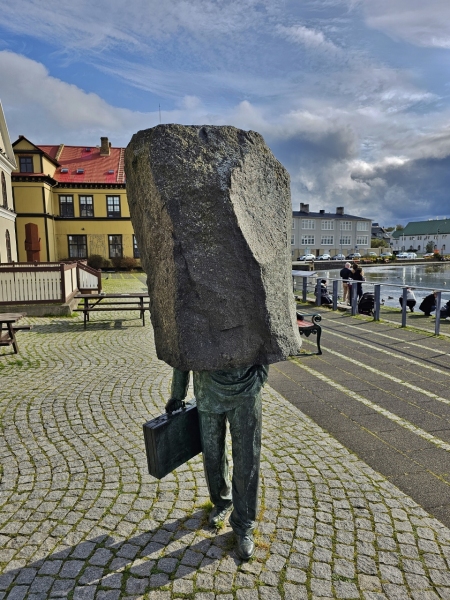
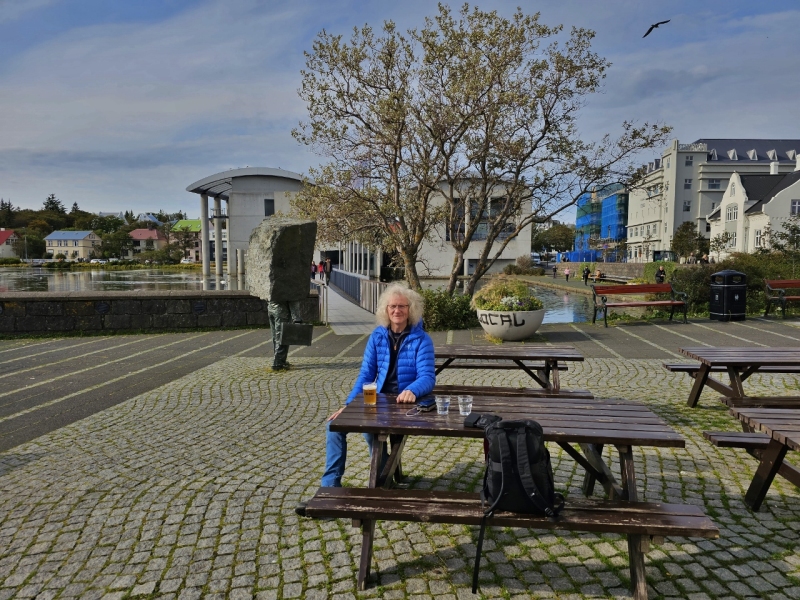
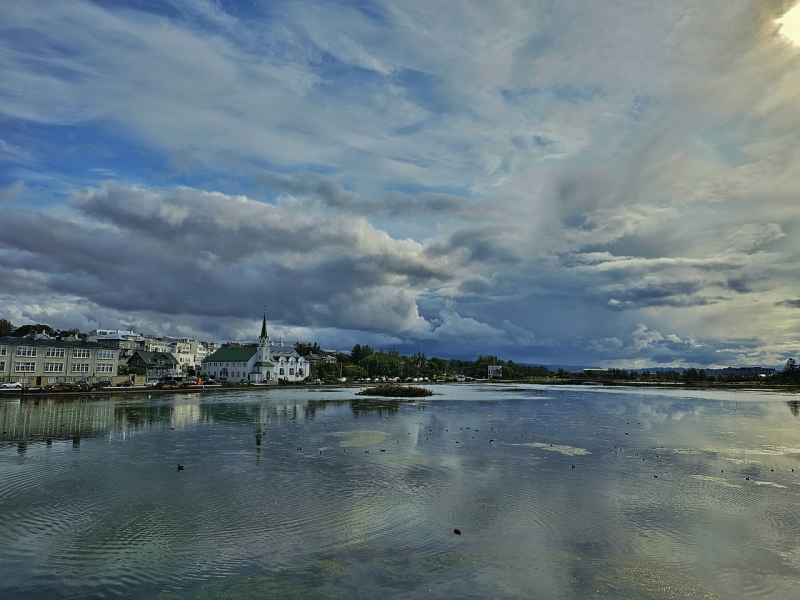
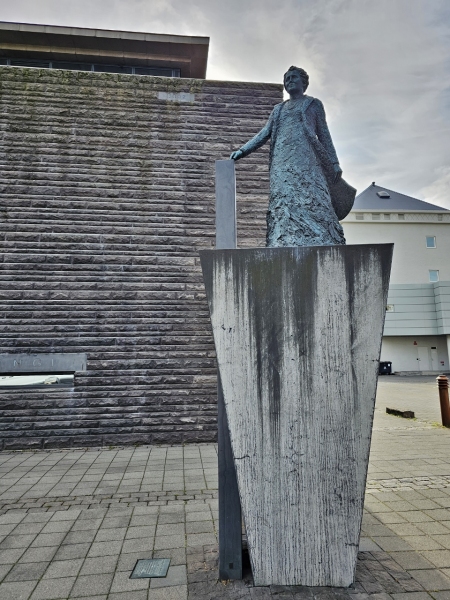
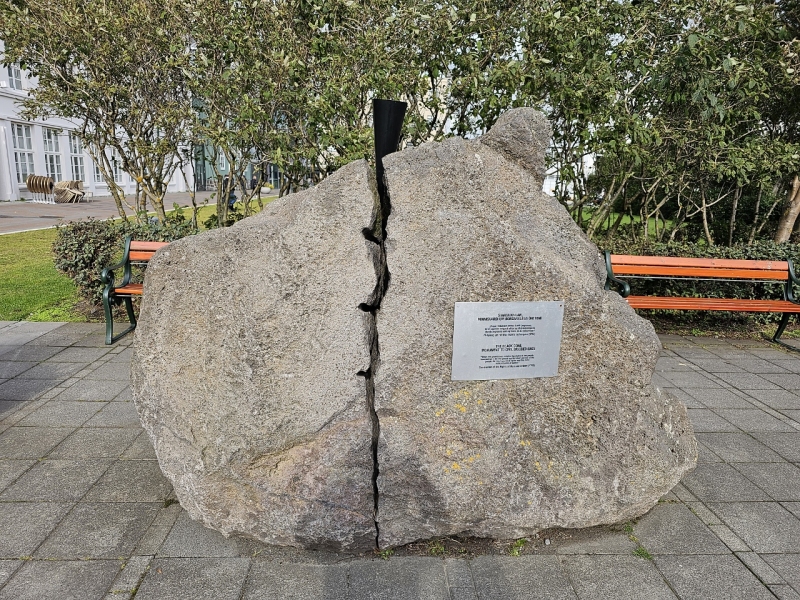
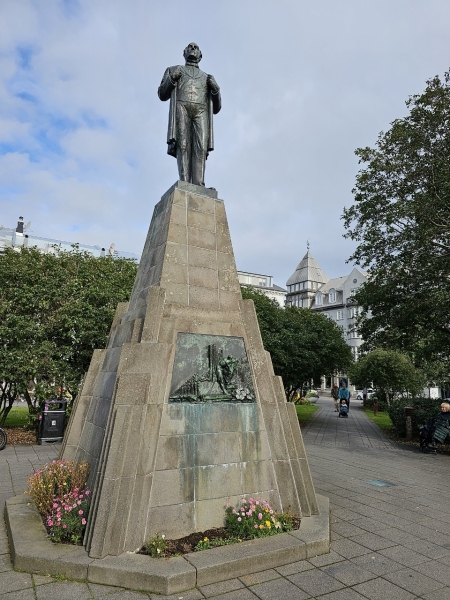
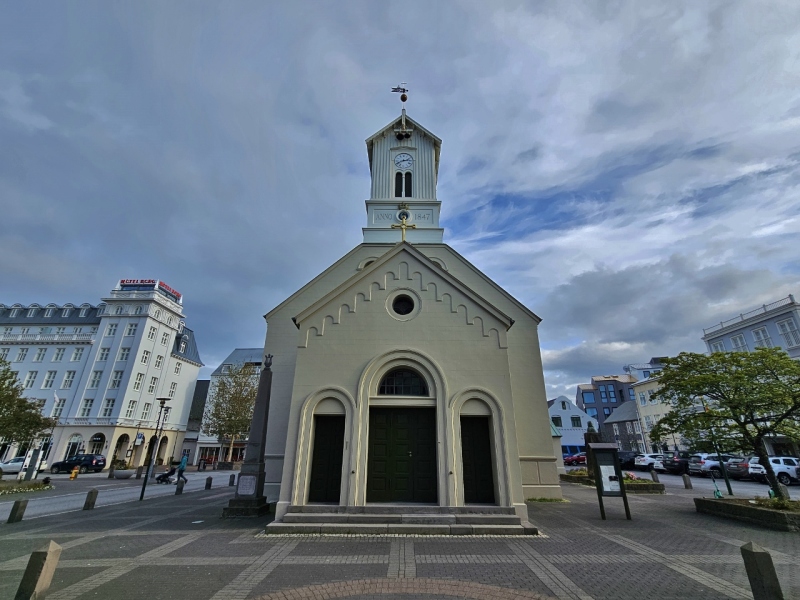
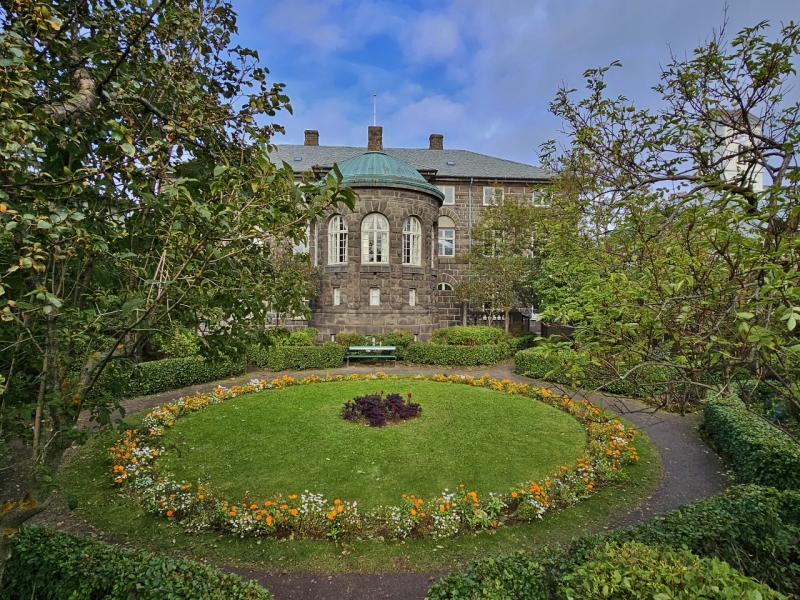
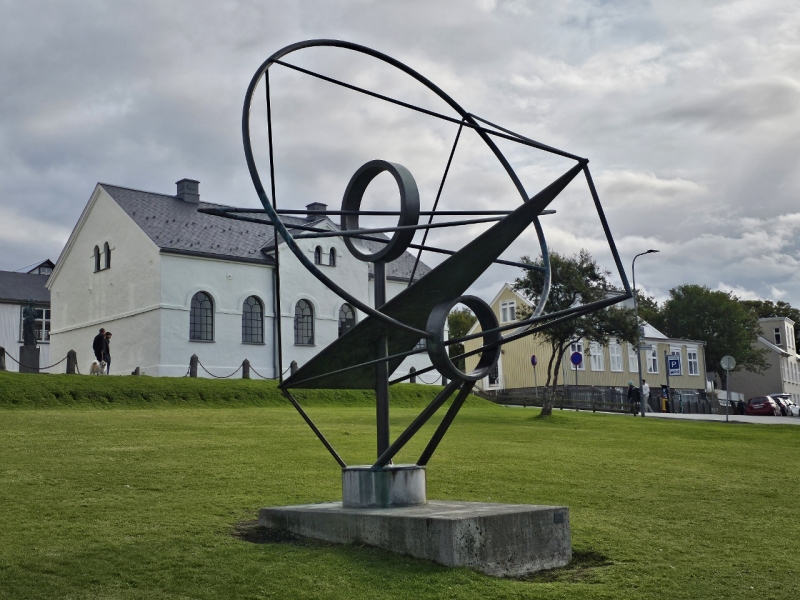
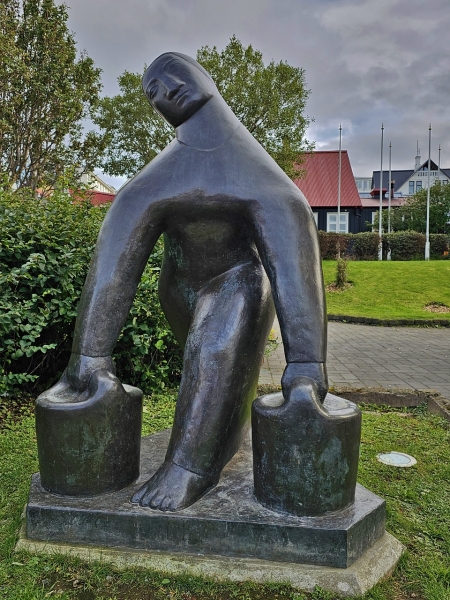
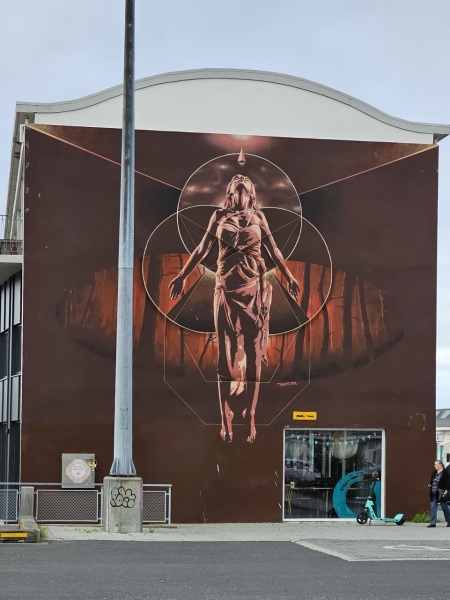
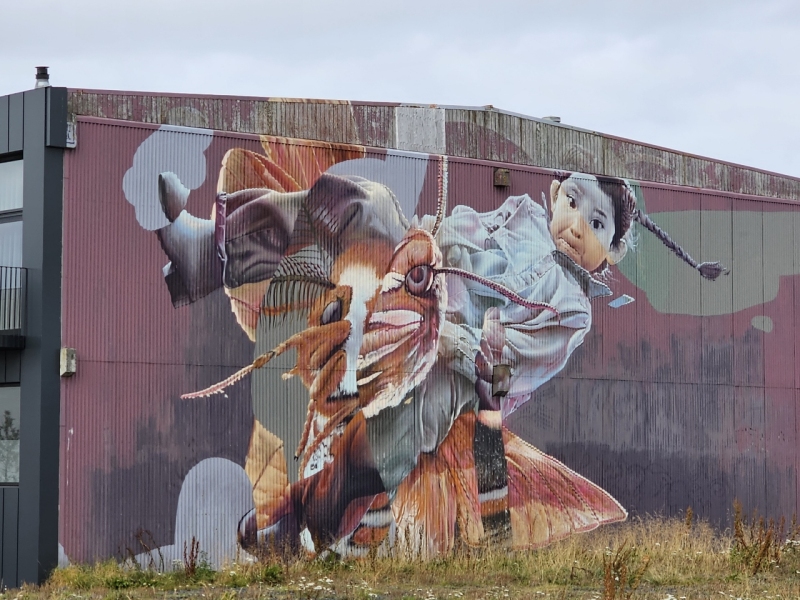
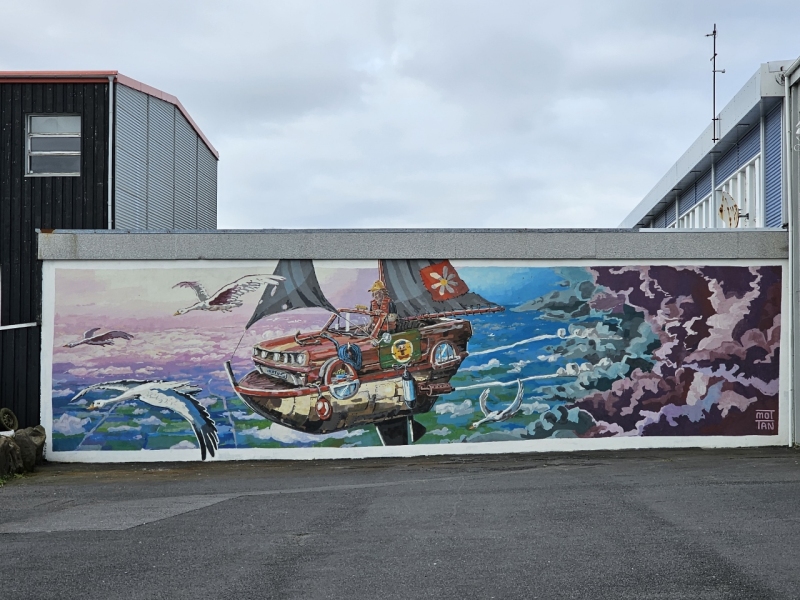

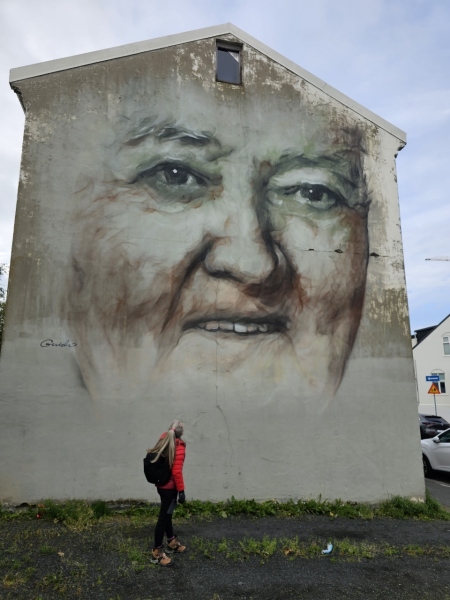

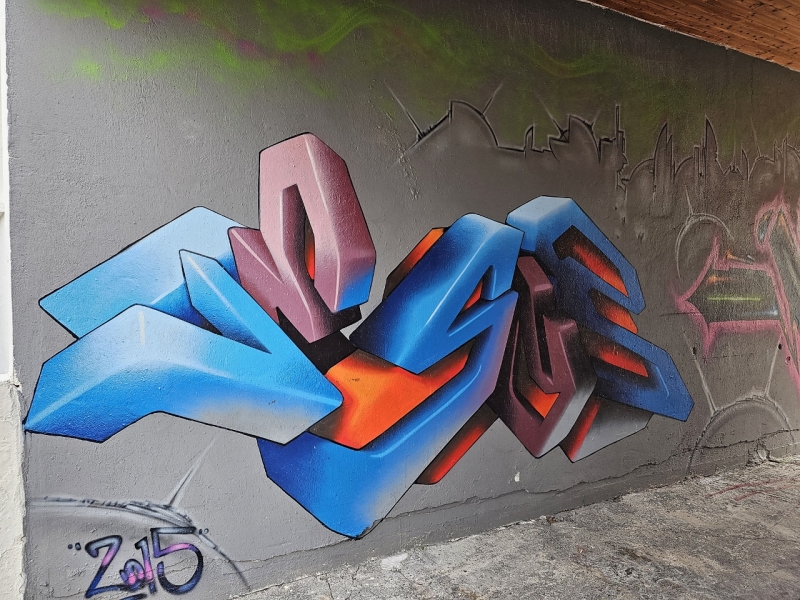
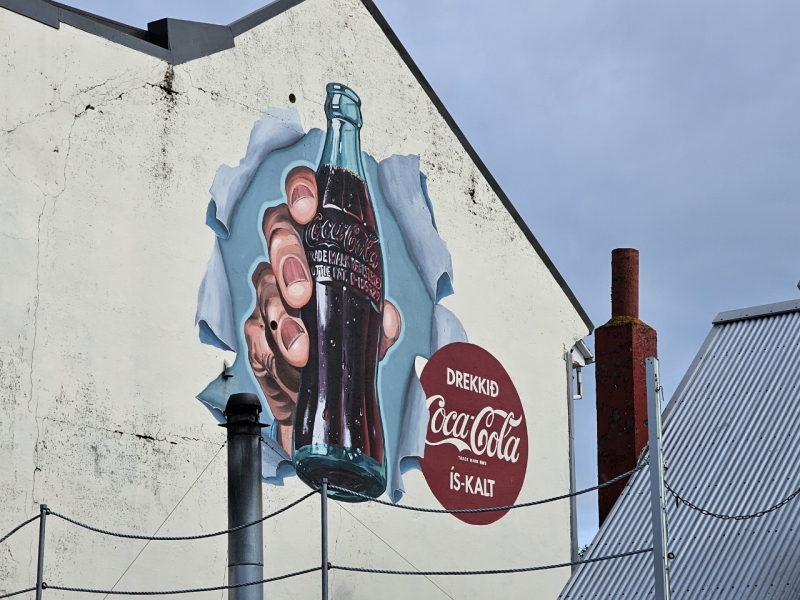
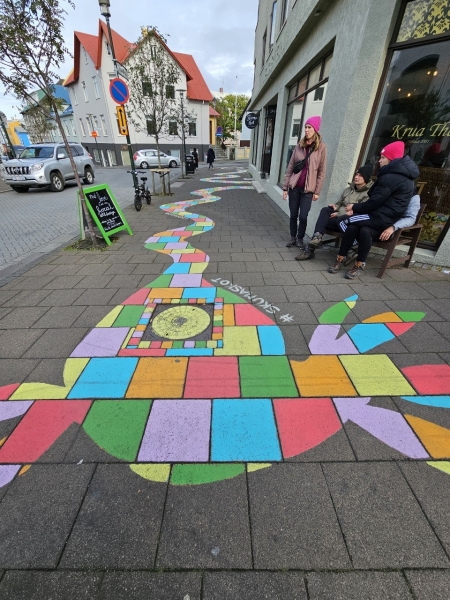
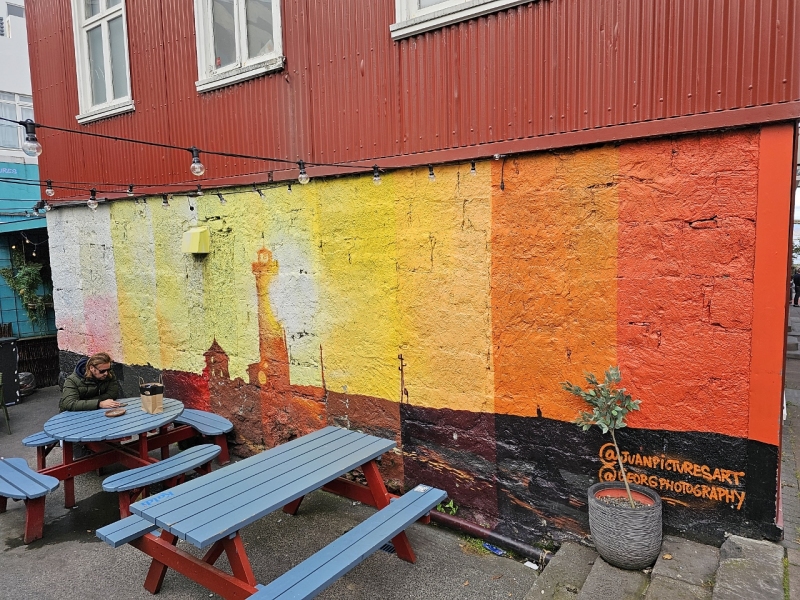
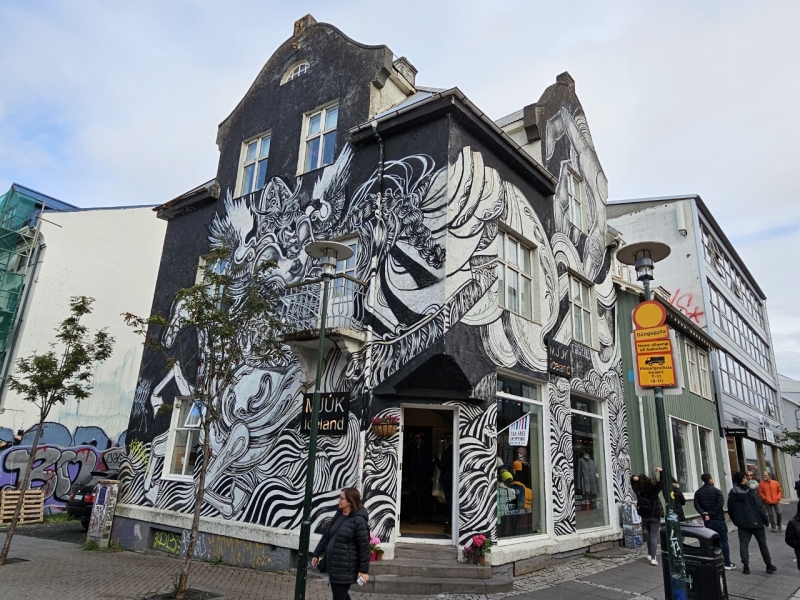
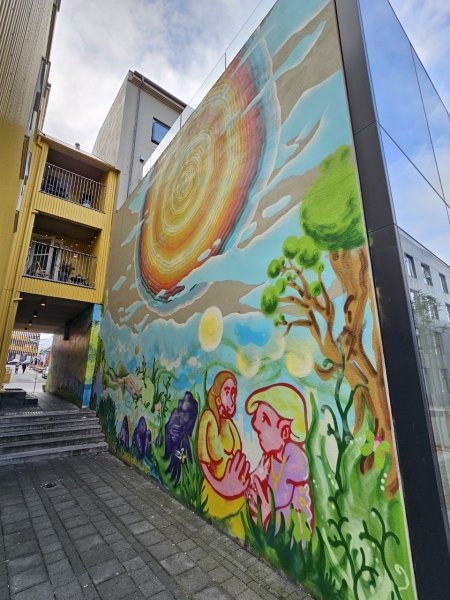
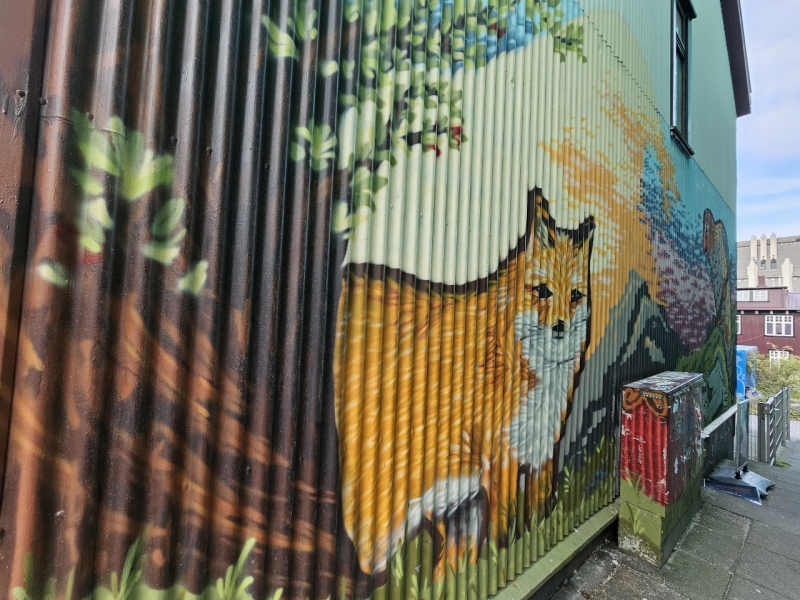
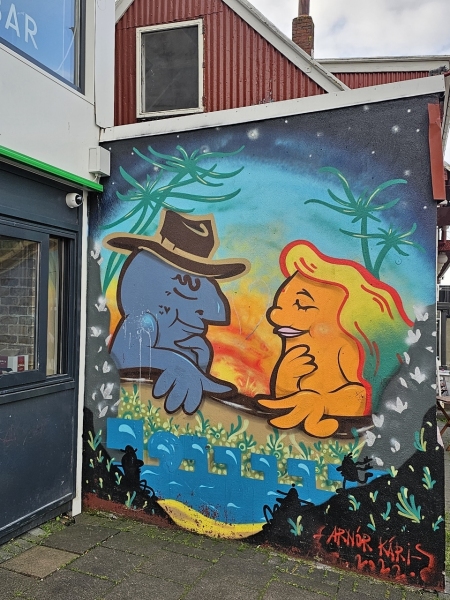
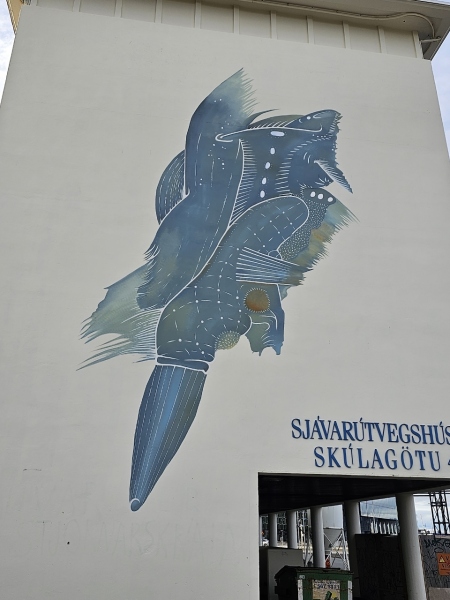
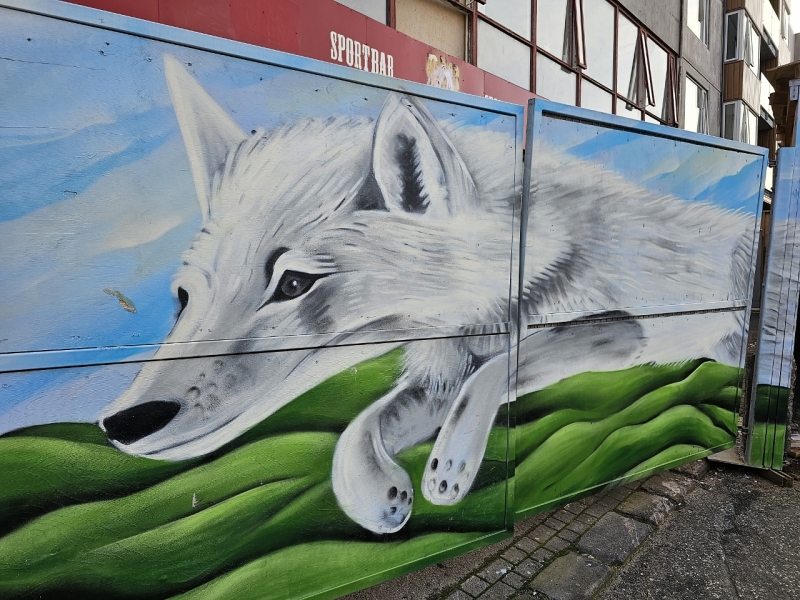
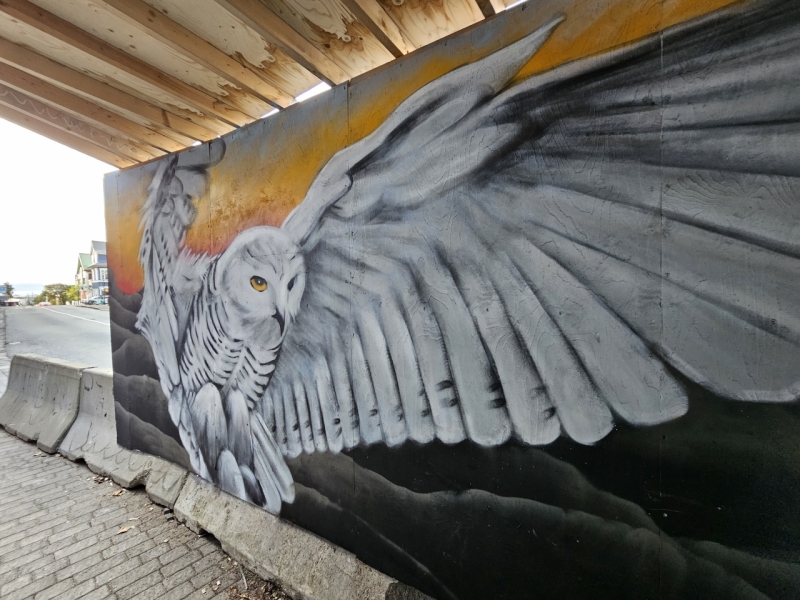
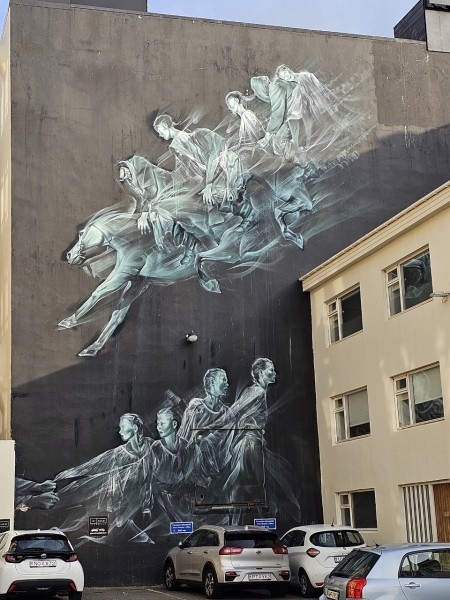
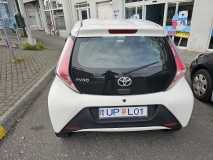
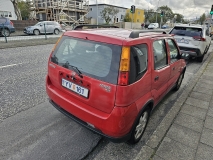
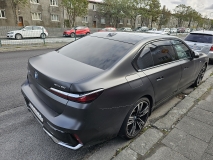
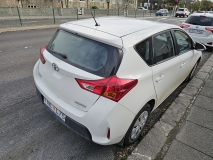
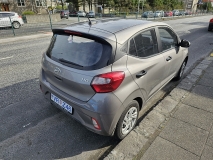
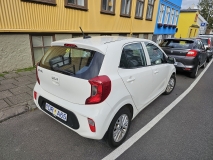
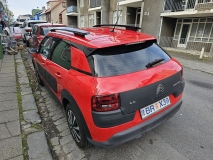
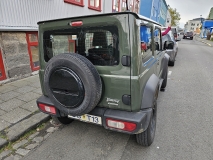
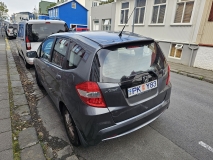
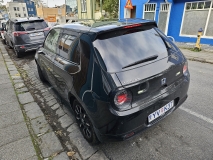
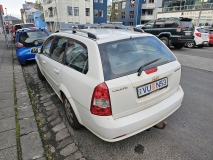
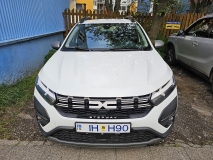
Iceland is pretty spectacular, i spent 10 days there June 2021 as it was just opening up after Covid (required a rapid test in the KEF airport) and last year i spent a week mid may up in West Fjords, quite desolate but spectacular and drove over to Myrvatyn again (my favorite region in Iceland), the 10 days to properly ride the ring road and see 80% of the cool stuff is highly recommended and helpful to get past the high hotel costs, great people
Thanks for the pointers Kevin. We do plan to return to Iceland for a bit bigger explore early next year and then we’ll head back to Greenland for another adventure on Le Commandant Charcot.
Any chance you are thinking about returning to cruising, and if you did what that would look like? Big boat, circumnavigation again? Smaller boat, coastal cruising?
That’s an excellent question David. Jennifer and I continue to love adventuring. What we are doing these days is adventures that we couldn’t have done with the boat. Dirona made so many amazing things possible but there were some trips it couldn’t do and that is what we are currently focused upon: North Pole, Antarctica, Switzerland, the Amazon River, the South Pole. And we’ve been talking about what boat trips we might enjoy most. A small and fast boat to do the US Great Loop. A big strong boat do to the Northwest Passage. A small canal boat for the European Canals. It’s fun to be able to explore options and, so far, we’re not sure where we will end up but, as long as we are healthy, we’ll keep adventuring.
Those are three very nice cruising goals I can imagine. Have you played around with the idea to find a boat that would enable you to do all three of them? Or is it just not feasible as the requirements are so different?
Unfortunately, a single boat solution that is good for all missions doesn’t exist. A good ocean crosser isn’t a great canal boat. A big strong boat focused on artic operation and long periods of self-sufficiency, doesn’t make for a great canal boat either. One answer is to buy different boats for different missions. There is cost to buying and selling but, in our 20+ years of boating, we have only had 2 boats so far. We think we could afford to have two more boats if we were thoughtful about it.
Totally agree. To me the idea was to go from Norway, through the Europe canals, spend some time in the Med, then cross the Atlantic, spend some time in Caribbean and then do the Great Loop. And then back across the Atlantic. Having to change from one boat to another makes that itinerary at best very complicated and I was looking for options to avoid that. The closest I found was the Elling E4 and Arksen 65, but as you say there are a lot of compromises and having separate boats and just drop the Atlantic crossings seems a lot more feasible.
That was our conclusion as well. Dirona was big enough to be able to comfortably cross the Atlantic and take on high latitude cruising but, on the canals, it was on the big side. We really enjoyed the Canal trips we were able to do but were limited by water draft and/or air draft from transiting the smaller canals. It’s hard to have one boat that covers every use case but Dirona was an excellent compromise for us.